1. Rotting meat
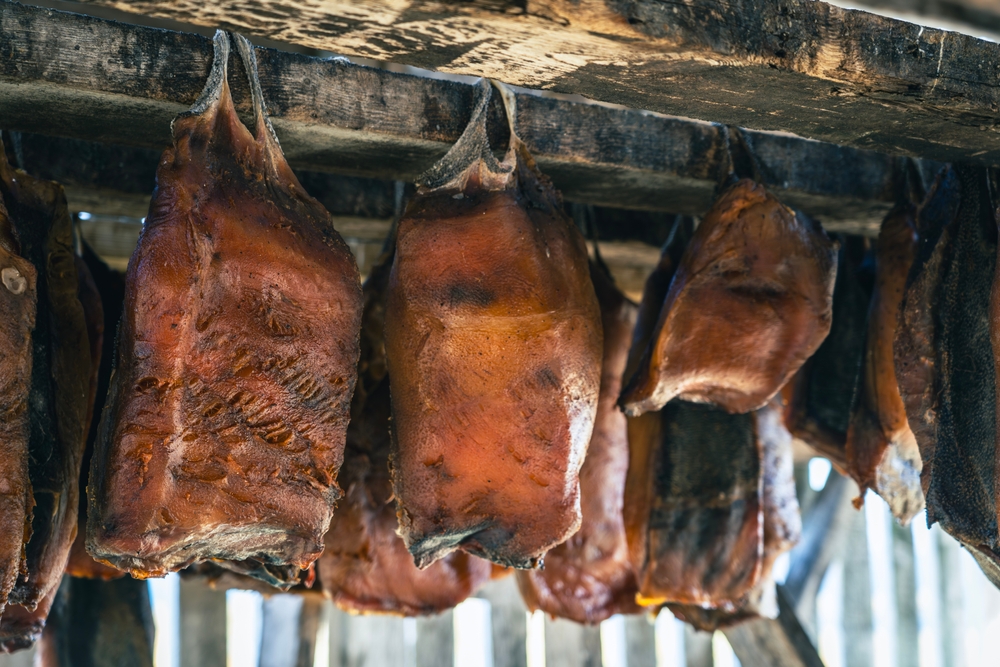
Smells are a funny thing. What sends humans running often pulls animals closer with curiosity or hunger. Rotting meat is a perfect example. To us, it is repulsive and stomach-turning, but to vultures, hyenas, and other scavengers, it signals a fresh buffet waiting to be enjoyed. Some animals can detect the odor of decay from miles away, following the scent trail until they find a meal. While we associate it with sickness and danger, they link it to survival. It is a reminder that the same smell can mean very different things depending on who is sniffing.
2. Animal dung
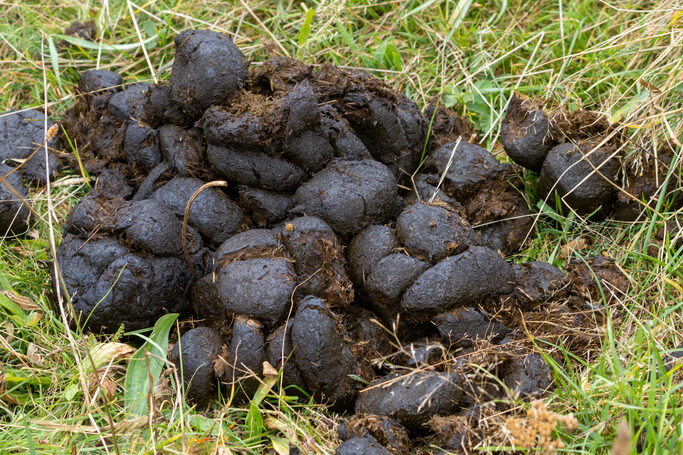
Few things make humans recoil as quickly as animal dung. The odor clings in the air, often making us rush to cover our noses. Yet for dung beetles, it is a treasure chest of nutrients. These hardworking insects roll it into balls, using it for food or to raise their young. Dogs, too, are oddly fascinated, sniffing and sometimes rolling in it to pick up social messages left behind. What humans find disgusting, animals treat as communication or sustenance. It shows how one of nature’s foulest smells to us can be a valued resource to another creature entirely.
3. Carrion flowers
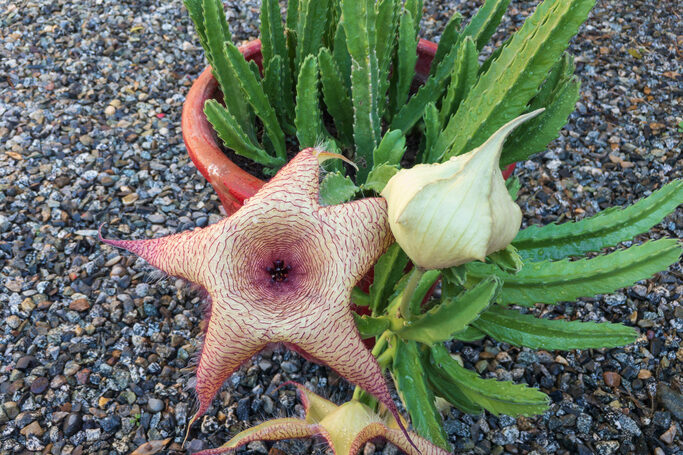
When humans pass a carrion flower, the reaction is often confusion followed by disgust. These large plants release an odor almost identical to rotting flesh, and while that might send us gagging, it draws insects from far and wide. Flies and beetles arrive quickly, fooled into thinking a carcass is near. Instead, they land on the flower and unknowingly help pollinate it. This strange evolutionary trick allows the plant to thrive where sweeter smelling blooms might fail. For us, it is unbearable, but for these insects, the smell is a guidepost toward food and purpose.
4. Urine (especially from other species)
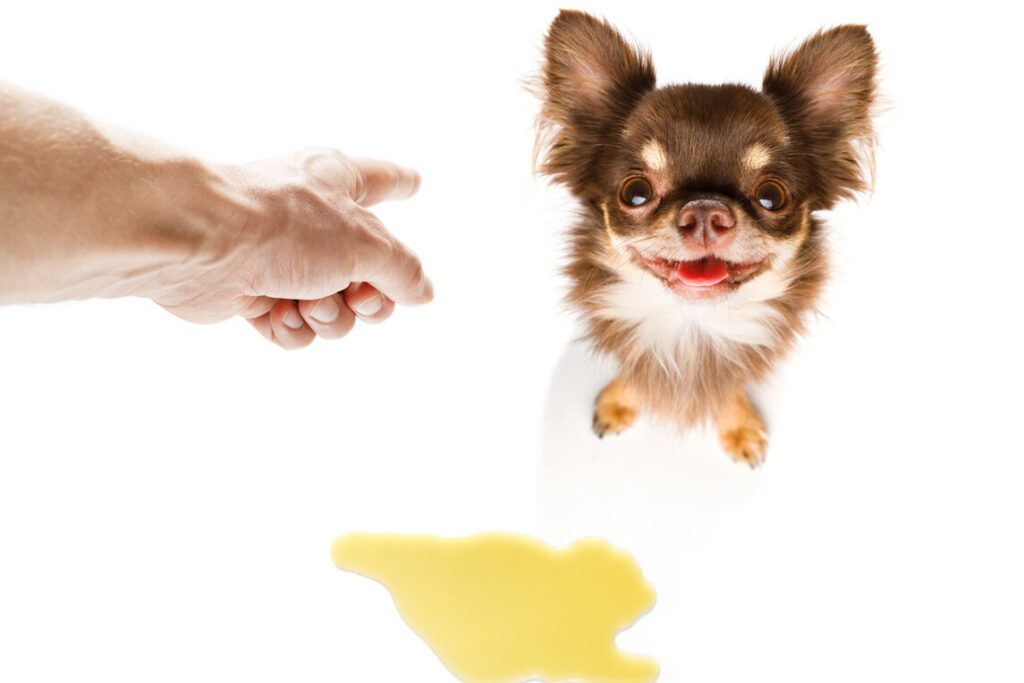
Humans rarely hide their dislike for the smell of urine, especially when it comes from animals. Yet for wolves, dogs, and even big cats, urine carries rich information. It tells stories of territory, dominance, and even mood. A single patch of ground can provide details about who has been there and when. While to us it is waste, to them it is a vital communication system that shapes their daily interactions. They sniff, linger, and read the air in ways we cannot. What we wrinkle our noses at, they treat as language written into the world around them.
5. Dirty socks or laundry

To humans, nothing feels worse than walking into a room that reeks of dirty socks or old laundry. But for dogs, those same clothes carry the most comforting scent of all. Worn shirts, socks, or bedding smell like home, safety, and love. Dogs often nuzzle into them when their owners are away, using the familiar odor as reassurance. What we think of as something foul to clean up quickly, they treat as a reminder of belonging. It is a striking difference that highlights how deeply animals connect with smells that humans often ignore or even dread altogether.
6. Fish guts
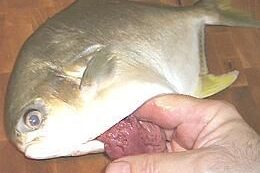
The sharp stench of fish guts usually sends humans running in the opposite direction. It sticks to clothes, lingers in the air, and clings to surfaces long after the fish are gone. Yet for seagulls, bears, raccoons, and many other animals, that smell is a direct invitation to dinner. Along coastlines and rivers, the odor draws scavengers from every direction, each eager for an easy meal. Where humans see waste to be discarded, these animals see nourishment. The very thing we avoid is exactly what allows them to thrive in ecosystems that depend on leftovers others leave behind.
7. Blood

The scent of blood unsettles most humans, often bringing feelings of fear, pain, or injury. But in the natural world, blood signals opportunity. Sharks are famous for detecting its presence even in extremely small amounts, guiding them straight to potential prey. Wolves and other predators also follow the metallic odor, linking it to survival and success in the hunt. What humans interpret as danger, many animals recognize as a call to action. It illustrates how something that alarms us can provide hope for another species, bridging the divide between revulsion and necessity with a single smell.
8. Fermented fruits
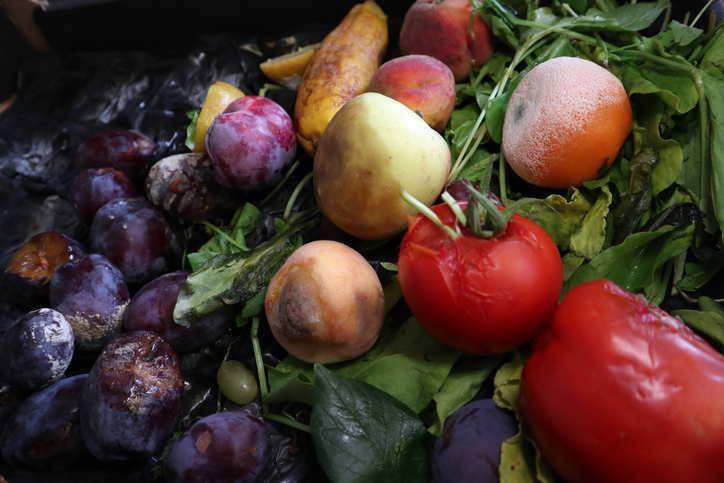
Overripe fruit has a smell most humans find sour and spoiled, a sign it is time to toss it into the trash. For many animals, however, that same scent means a rich source of sugar and energy. Elephants, monkeys, and birds are often drawn to fruit that has begun to ferment, sometimes even appearing playful or excited after eating it. The odor that disgusts us represents a treat for them, one filled with calories and flavor. It reminds us that the line between spoiled food and prized resource is defined by perspective, not by any absolute rule.
9. Dead insects
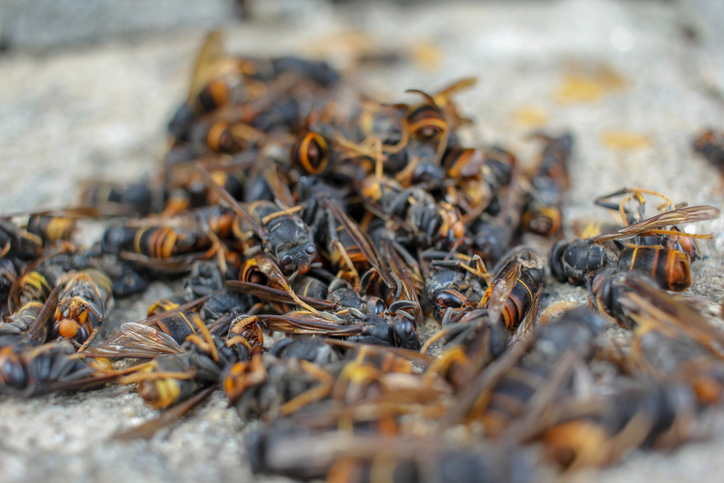
Humans rarely notice the faint odor of dead insects, but for many creatures it is a vital clue. Ants, for example, release a chemical signal when they die, alerting the colony to danger or cleanup needs. Spiders may also detect when prey or rivals are nearby through such scents. While we brush off dead bugs without thought, these tiny signals shape survival strategies in the insect world. What is meaningless to us holds immense weight to them, proving that even the smallest creatures use smell to navigate challenges, danger, and opportunities in their everyday lives.
10. Catnip (to cats)
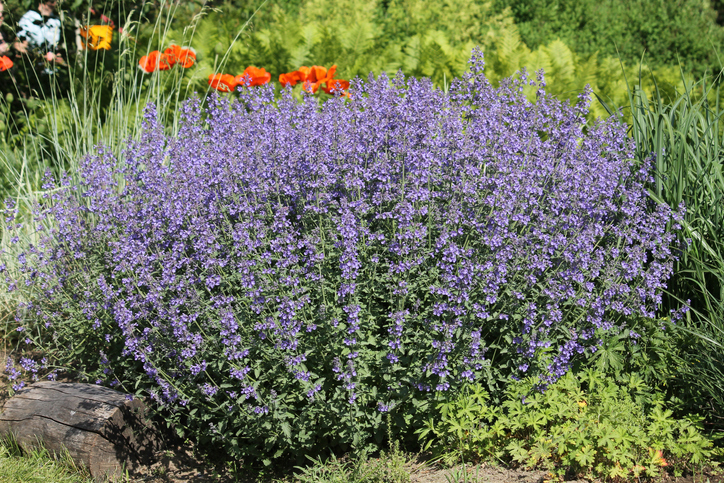
To humans, catnip has a light minty smell that hardly stands out. But to cats, it is pure joy. The plant releases a compound that triggers excitement in their brains, leading to rolling, purring, and playful energy. What we barely notice, they treat as a burst of happiness. Many pet owners watch with amusement as their cats bliss out on something humans dismiss as ordinary. It shows how perception shapes reality. Where we see nothing remarkable, cats discover magic. This difference underscores the unique ways species interact with scents, building worlds invisible to our own senses.
11. Manure
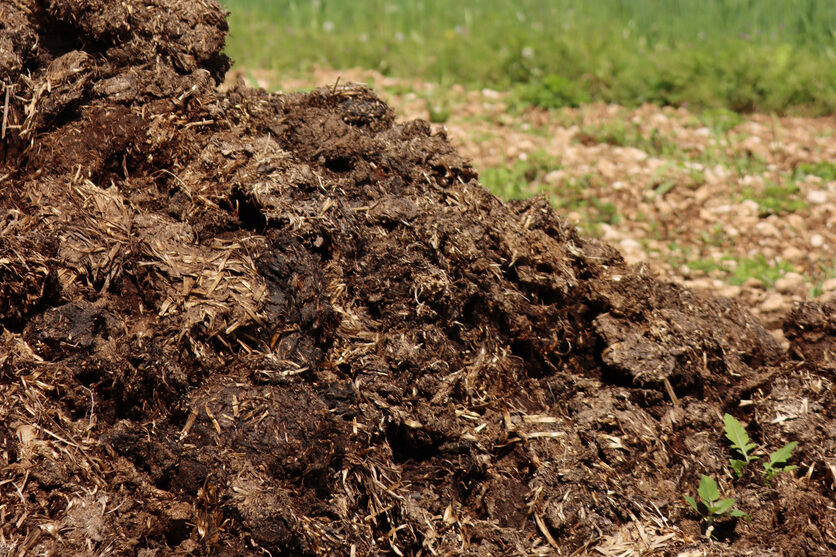
For humans, the smell of manure is almost unbearable, often linked with filth and unpleasantness. On farms, though, animals live surrounded by it without any distress. Horses, cows, and goats walk calmly among manure, treating it as simply part of life. Farmers often even associate its smell with productivity, since it means healthy animals are near. For animals, manure does not carry the same weight of disgust but blends into the rhythm of their environment. What is offensive to us becomes background noise to them, a natural element of the world they know every day.
12. Musk
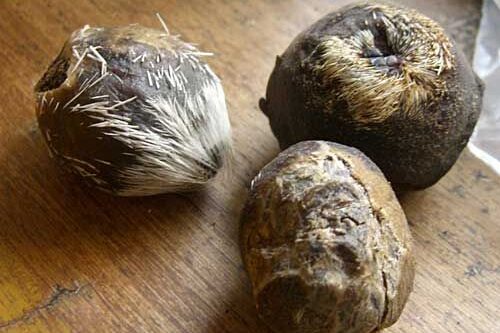
Humans often dislike the earthy intensity of musk, describing it as strong or even foul. Yet in the animal kingdom, musk is essential. Deer, beavers, and many other creatures produce it to mark territory or attract mates. It signals identity, strength, and purpose in ways humans can barely imagine. While perfume makers once tried to tame musk for fragrance, most of us still find it off-putting in its raw form. Animals, however, use it as a powerful tool for survival. The scent we shun becomes their way of making connections and securing their place in nature.
13. Mold and mildew

When humans catch the musty smell of mold or mildew, the reaction is to leave the room quickly. We link it with decay, dampness, and danger. For insects like beetles and springtails, however, it offers a reliable food source and safe environment. They thrive in conditions humans work hard to avoid, drawn in by odors we treat as warning signs. What we scrub away and fear can be exactly what another species depends on. This contrast shows how smells can divide our world from theirs, shaping choices and survival in ways we rarely consider.
14. Skunk spray (to other skunks)
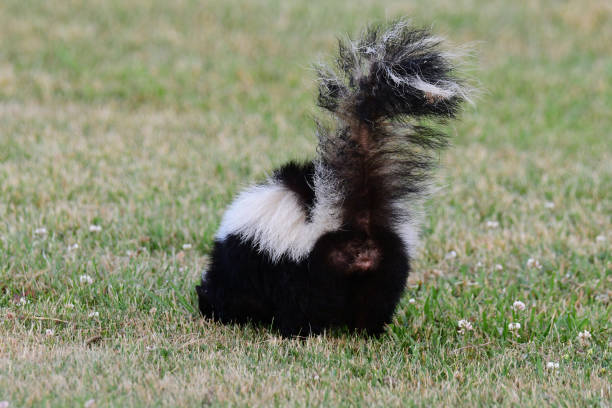
Humans consider skunk spray one of the worst smells imaginable, strong enough to clear a room or linger for days. Yet among skunks, it carries valuable meaning. The odor plays a role in warning predators, marking boundaries, and even attracting mates. While we see it as punishment for being too close, they treat it as communication and control. To them, it reflects strength rather than shame. What repels us empowers them, offering another reminder that smells are rarely universal. Their world is written in scents we cannot stand, yet it works perfectly for their survival.
15. Wet dog
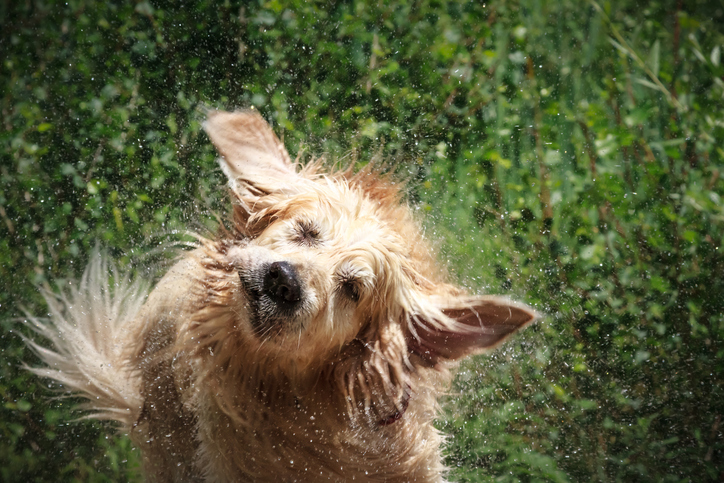
The smell of a wet dog is enough to make many humans sigh and reach for air freshener. It clings to fur and fills rooms with a damp, earthy odor that seems impossible to ignore. For other dogs, however, that scent carries rich information. It reveals where the dog has been, what it has eaten, and even how it feels. What humans dismiss as unpleasant, they treat as identity. Sniffing each other after rain or a bath becomes a way to reconnect, turning an annoying odor for us into meaningful conversation for them every single time.


